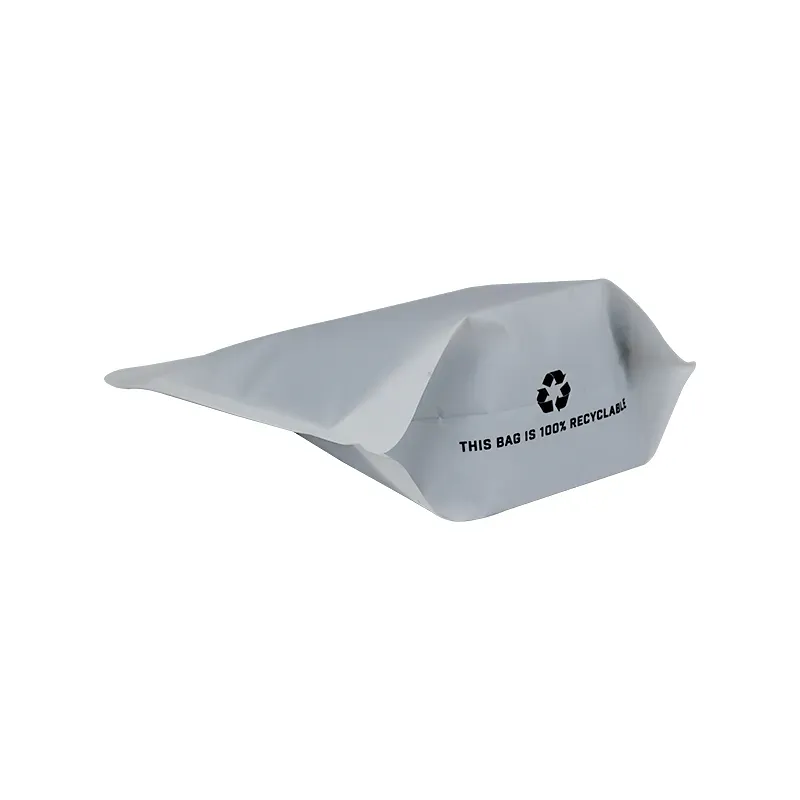- Afrikaans
- Albanian
- Amharic
- Arabic
- Armenian
- Azerbaijani
- Basque
- Belarusian
- Bengali
- Bosnian
- Bulgarian
- Catalan
- Cebuano
- chinese_simplified
- chinese_traditional
- Corsican
- Croatian
- Czech
- Danish
- Dutch
- English
- Esperanto
- Estonian
- Finnish
- French
- Frisian
- Galician
- Georgian
- German
- Greek
- Gujarati
- haitian_creole
- hausa
- hawaiian
- Hebrew
- Hindi
- Miao
- Hungarian
- Icelandic
- igbo
- Indonesian
- irish
- Italian
- Japanese
- Javanese
- Kannada
- kazakh
- Khmer
- Rwandese
- Korean
- Kurdish
- Kyrgyz
- Lao
- Latin
- Latvian
- Lithuanian
- Luxembourgish
- Macedonian
- Malgashi
- Malay
- Malayalam
- Maltese
- Maori
- Marathi
- Mongolian
- Myanmar
- Nepali
- Norwegian
- Norwegian
- Occitan
- Pashto
- Persian
- Polish
- Portuguese
- Punjabi
- Romanian
- Russian
- Samoan
- scottish-gaelic
- Serbian
- Sesotho
- Shona
- Sindhi
- Sinhala
- Slovak
- Slovenian
- Somali
- Spanish
- Sundanese
- Swahili
- Swedish
- Tagalog
- Tajik
- Tamil
- Tatar
- Telugu
- Thai
- Turkish
- Turkmen
- Ukrainian
- Urdu
- Uighur
- Uzbek
- Vietnamese
- Welsh
- Bantu
- Yiddish
- Yoruba
- Zulu
Creative Packaging Ideas for Coffee Bags to Enhance Brand Appeal and Sustainability
The Art of Designing Coffee Bags Capturing the Essence of Every Brew
In the world of coffee, the experience begins long before that first aromatic sip. From the moment a coffee lover spots a bag on the shelf, the design plays a pivotal role in their choice. Coffee bag design is an intricate blend of art, branding, and functionality that reflects the essence of the brew contained within. Let’s explore the fundamental elements and trends in designing coffee bags, emphasizing why good design is crucial in the coffee industry.
Understanding the Importance of Design
The coffee market is saturated with a plethora of brands, each vying for consumer attention. In such a crowded space, effective design is not just a decorative choice; it is a strategic necessity. A well-designed coffee bag can tell the story of the brand, convey the flavor profile, and even evoke emotions that resonate with consumers.
When a customer approaches a shelf filled with coffee options, the visual appeal of the packaging can be the distinguishing factor that draws them in. Colors, typography, imagery, and texture all contribute to the first impression. A vibrant bag may indicate a bold, adventurous blend, while muted tones might suggest a refined, delicate flavor. Therefore, the design must align with the brand message and the unique characteristics of the coffee.
Elements of Effective Coffee Bag Design
1. Brand Identity Every coffee brand has a personality, and the packaging design should encapsulate that identity. From artisanal roasters to commercial brands, the visual elements should reflect what sets the coffee apart. For example, a boutique coffee brand may use handwritten fonts and earthy colors to communicate craftsmanship and a connection to nature, while a more modern brand might opt for sleek, minimalist designs.
2. Imagery Imagery can evoke sensory experiences. Coffee bag designs often feature photographs of coffee beans, steaming cups, or even landscapes of coffee-growing regions. These images should enhance the story of the product. A bag showcasing the rich soils of Colombia might appeal to consumers looking for a rich, full-bodied flavor.
design coffee bags

3. Typography The choice of fonts can greatly affect the perception of the brand. Bold fonts can convey strength and invite adventure, while elegant scripts suggest sophistication. Typography must be legible, especially on the retail shelf where consumers often make split-second decisions.
4. Color Psychology Colors evoke emotions and associations. In coffee packaging, earthy tones like browns and greens often communicate natural and organic qualities. Bright colors can signify playful, single-origin blends, while black can denote luxury and exclusivity. It's essential for designers to understand the psychological impact of color and how it aligns with the coffee's attributes.
5. Texture and Materials The tactile experience of a coffee bag can enhance the overall perception of the brand. Soft-touch finishes can provide a premium feel, while biodegradable or recyclable materials align with growing consumer preferences for sustainability. The texture adds another layer to the experience, inviting customers to engage physically with the bag.
Trends in Coffee Bag Design
As consumer preferences evolve, so do design trends in the coffee industry. Sustainability is a significant focus, with many brands opting for eco-friendly packaging that communicates their commitment to the environment. Minimalist designs are also popular, reflecting a modern aesthetic that many consumers find appealing.
Illustrative designs are gaining traction, often combining hand-drawn elements with bold colors to create distinctive visuals that stand out on the shelf. Moreover, storytelling through packaging—using the bag as a canvas to narrate the origin and journey of the coffee—has become an effective way to connect with consumers.
Conclusion
In summary, designing coffee bags is a delicate art that blends aesthetics, functionality, and brand storytelling. A well-thought-out design can significantly influence consumer choices, establish brand identity, and communicate the unique qualities of the coffee within. As the coffee market continues to grow and evolve, the role of thoughtful and creative packaging design will remain at the forefront, inviting enthusiasts to explore the myriad of flavors each bag has to offer. For coffee brands, investing in exceptional design is not merely an option but a decisive factor in standing out in an ever-competitive landscape.













